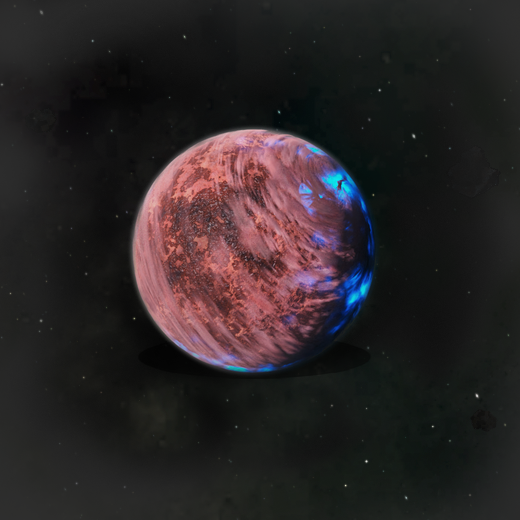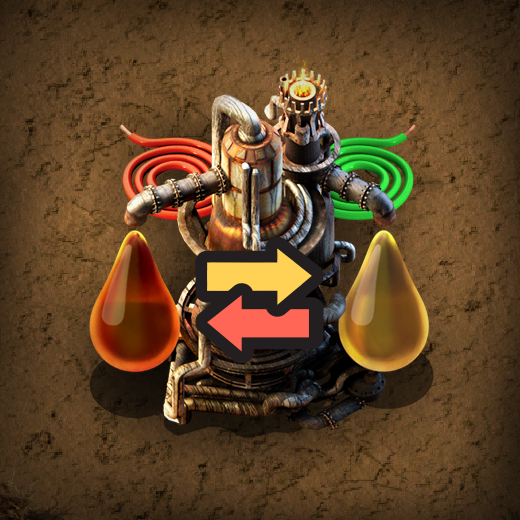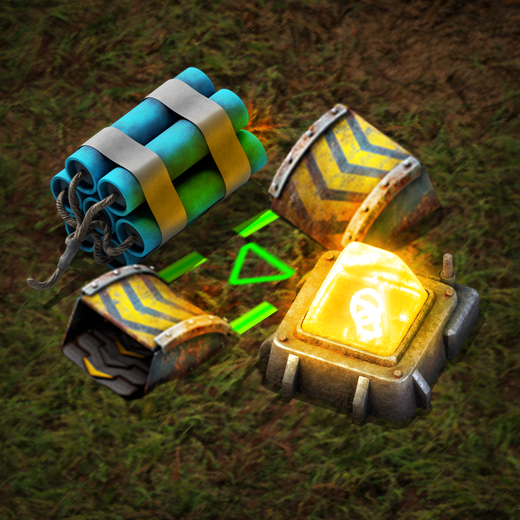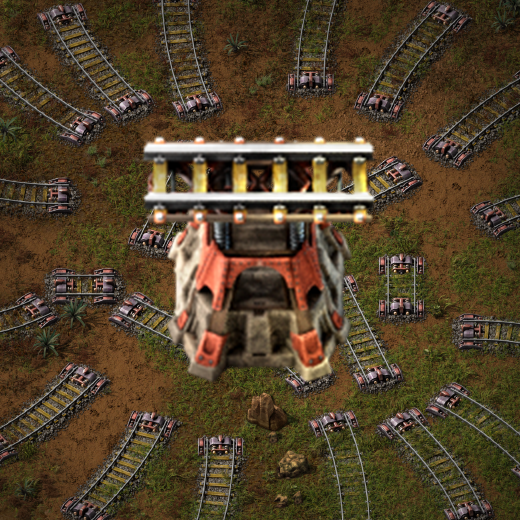- 11 Posts
- 17 Comments

 30·7 months ago
30·7 months agoNo. Modern SSDs are quite sophisticated in how they handle wear leveling and are, for the most part, black boxes.
SSDs maintain a mapping of logical blocks (what your OS sees) to physical blocks (where the data is physically stored on the flash chips). For instance, when your computer writes to the logical block address 100, the SSD might map that to a physical block address of 200 (this is a very simplified). If you overwrite logical block address 100 again, the SSD might write to physical block address 300 and remap it, while not touching the data at physical block address 200. This let’s you avoid wearing out a particular part of the flash memory and instead spread the load out. It also means that someone could potentially rip the flash chips off the SSD, read them directly, and see data you thought was overwritten.
You can’t just overwrite the entire SSD either because most SSDs overprovision, e.g. physically have more storage than they report. This is for wear leveling and increased life span of the SSD. If you overwrite the entire SSD, there may be physical flash that was not being overwritten. You can try overwriting the drive multiple times, but because SSDs are black boxes, you can’t be 100% sure how it handles wear leveling and that all the data was actually overwritten.
I feel like lightning rods are going to be needed on this planet to protect your factory, but you will also be able to use them to generate electricity. The alien ruins are also interesting. I wonder if they will be required for research on this planet, as in you need to explore a little and find/fix an alien research building, or deconstruct them for artifacts. I also wonder what kinds of enemies you might find here? Ancient, self-replicating robots defending their long-gone masters from
foreign invadersyou?
 3·10 months ago
3·10 months agoSo many great changes I’m looking forward to using in the new update! Being able to flip oil refineries and chemical plants is a huge QoL upgrade for making compact, tileable designs. If I need to scale a refinery/chemical pipeline hotizontally, I can just copy it, flip it, and butt the inputs or outputs together.
Setting assembler recipes with the circuit network seems more powerful (and complicated, seen by the number of combinators) than most players will ever use, but that’s why I love this game. I think it’s really funny how the devs went from, “Parametized blueprints might be too complicated for players,” to, “just build a finite state machine out of logic gates to control your assembly machines.” I’m really looking forward to seeing what other people are capable of doing with this. I’ll have to dust off my notes from my digital logic classes before I have a go at it.
P.S. The devs totally missed the chance to make a Missy Elliott reference: “I put my thing down, flip it and reverse it.”

 14·11 months ago
14·11 months ago- SLC -> Single-Level Cell, i.e. 1 bit per cell
- MLC -> Multi-Level Cell, i.e. 2 bits per cell
- TLC -> Triple-Level Cell, i.e. 3 bits per cell
- QLC -> Quad-Level Cell, i.e. 4 bits per cell
The more bits per cell you store, the more dense and therefore cheaper your flash chips can be for a give capacity. The downside is that it is slower and less reliable since you have to be able to write and read exponentially more voltage states per cell, e.g. 2 states for SLC, 4 states for MLC, 8 states for TLC, etc.
the timer has no idea if it was triggered during last boot. It only has the context of “this” boot, so it will do it right after a reboot and set a timer to start the service again after a week of uptime.
This is not correct.
Persistent=truesaves the last time the timer was run on disk. From thesystemd.timerman page:Takes a boolean argument. If true, the time when the service unit was last triggered is stored on disk. When the timer is activated, the service unit is triggered immediately if it would have been triggered at least once during the time when the timer was inactive.
OP needs to remove
Requires=backup.servicefrom the[]section so it stops running it when it start the timer on boot.
You have the timer requiring backup.service, so it will run that service every time the timer starts on boot. Remove
Requires=backup.service, and that will fix the issue.

 15·1 year ago
15·1 year agoWell, for one, it’s network attached storage. If it’s not present in the network for one reason or another, guess what, your OS doesn’t boot… or it errors during boot, depending on how the kernel was compiled and what switches your bootloader sends to the kernel during boot.
Just use
nofailin the fstab.Second, this is an easy way for malware to spread, especially if it’s set to run after user logon.
If your fileshare is accessible to you, it is also accessible to malware running as your user. Mounting the share via a filemanager doesn’t change this.
 3·1 year ago
3·1 year agoUsing the circuit network has always been kind of tedious, so I’m glad to see that it is getting some love for the 2.0 update. Showing the input and output signals directly in the UI and being able to have a description for the combinators is going to make debugging much easier.
 1·1 year ago
1·1 year agoHoly shit, they actually did it! We’re getting train bridges! This looks incredible!
USB 2 is 480 Mb/s, not 480 MB/s. 480 Mb/s is 60 MB/s, so the 500 MB/s from PCIe 2.0 x1 is quite a bit faster and is about the limit of what a SATA 3 interface could do. Also, sequential throughput isn’t nearly as important as most people think. Random IO, which NVMe drives excel at, will make a far more noticeable impact on real world performance.
I was pretty skeptical when I first started reading through this, but I’m actually kind of looking forward to it now. People seem to be really turned off by the RNG, but with the recycler, you can essentially automate it away. I’m excited to play with recycling loop designs and separate production lines for high quality items/intermediates, and fast/efficient low quality production lines for science. I also think people are getting caught up in only thinking of the late game and waning to leap frog to tier 5 instead of thinking of the tiers as progression as you slowly build and iterate on your factory. I do agree that the naming for the tiers really doesn’t match Factorio though and something more industrial would fit better.
I’ve been using PhotoPrism for the past couple of days and have really liked it.
I was considering Immich, but the rapid development cycle turned me off of it for now. I don’t want to have to deal with keeping up with patch notes and potential breaking changes. Immich also seems more focused on photo backups from your phone, which isn’t quite what I wanted. PhotoPrism just let me upload all my existing photos on the web ui.
I’d say give both a try. Both provide a docker-compose file, so you should be able to bring them up fairly quick.

 2·1 year ago
2·1 year agoI think the snapshot exists but is not mounted as a btrfs subvolume.
Is it not listed when you try running
btrfs subvolume list .? You might need to change the.to a path that is on the array.from the research I did, the @docker folder at the volume root holds all the volumes, images, subvolumes, etc. and I did copy that over.
Copying over the files wouldn’t be enough. You would actually need to create the subvolumes, e.g.
btrfs subvolume create subvolume_name.Do you happen to know if I find the snapshot folder and download it, will there be anything recoverable? Or would it just be like, hashes and unintelligble stuff?
Unfortunately, I am not familiar enough with how Synology does things, but a btrfs snapshot will just appear as normal directory with the files/directories in it. If Synology isn’t using btrfs for the snapshoting, I’m not sure what you’ll find.

 3·1 year ago
3·1 year agoI’ll preface this by saying I am not familiar with Synology, but I am using Docker and BTRFS (which I am assuming is being used on your Synology NAS).
Do you have SSH access or the ability to get a shell on the NAS? If you do, you can try running
btrfs subvolume list .to see what subvolumes/snapshots are on your system. That will hopefully let you figure out where your data is. Once you narrow down where it is, you can try downloading it using an sftp client.As an aside, the reason Docker threw a fit whenever you tried to update an image is that Docker was probably automatically using the BTRFS driver, which creates a new subvolume/snapshot for every image/layer. When you remove images, it would just remove all the subvolumes/snapshots. When you copied your files over, you probably didn’t remake the subvolumes. That would have caused issues when trying to remove images, or create new images/containers.

 1·1 year ago
1·1 year agoHow are you passing the drives to the TrueNAS VM?
It’s your private key, but yes, you would need to keep it secret just like you would an SSH key.
The benefits of a VPN are that you don’t need to open ports up to the internet and rely on your individual services to be secure. Your VPN would authenticate users and ensure that the communication over the tunnel is encrypted (useful if you don’t want to set up SSL/https). They can also hide what services you are hosting or even hide the fact that you are even running a VPN.
Private keys are going to be far more secure than passwords since you really can’t brute force them in the same way you can passwords. Getting ahold of someone’s private key is probably going to be far more difficult than guessing their password. Even if an attacker were to get ahold of your private key, they would still need to contend with the security of your service, e.g. logging into it, which would be no worse than not having a VPN.










All video codecs are lossy, meaning you will lose some quality. AV1 and H.265 are modern video codecs with the best quality to bitrate ratios, meaning you can get better quality for the same bitrate, or the same quality with a lower bitrate. The downside the these codecs is that they are very complex and computational expensive to do in software. You’ll want to make sure your GPU supports hardware encoding for the codecs you intend to record with. The reason most people will recommend AV1 over H.265 is that AV1 is royalty free. With H.265, companies have to pay a royalty to use H.265. Because of this, most companies (Netflix, YouTube, Facebook, Twitch, etc.) want to use AV1 going forward, meaning in the near future, it will probably be the dominant codec.